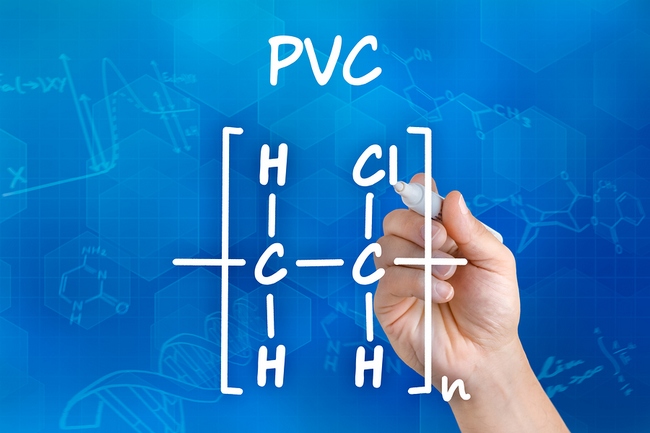- Make It Yourself Lavender Heart-Shaped Bath Bombs!
- 20 Things You Never Knew About “Down There”
- 12 Best Foods For Those Suffering From Arthritis Pain
- 12 Personal Hygiene Mistakes Almost Everyone Makes (Mom Never Told You About #4!)
- 15 Medicinal Plants And Herbs From The Cherokee People
- 12 Mind-Blowing Benefits Of Drinking Coconut Water During Pregnancy
- 12 Outstanding Winter Foods That Won’t Fatten You Up Like A Christmas Turkey
10 Deadly Toxic Products You Can Live Without

Photo credit: bigstock
Consumerism, it’s what moves America, right? It must be, as advertisers spend an enormous amount of money convincing us to buy more and more stuff. Our houses are so filled with stuff; we need to rent storage lockers so we have a place to put even more of our stuff. Unfortunately, some of this stuff contains toxic chemicals you certainly don’t need. Here’s a list of the top 10 toxic things you can dump from your life.
1. Oil based paints and stains
Just one oil based paint has more than 300 toxic chemicals and as many as 150 known carcinogens, this according to a study done by John Hopkins University.
Look for water based paints and stains that say they are low or no VOC (volatile organic compound). Want an even better alternative? Use milk paints or wood finishes that are wax based.
2. Vinyl
Also known as PVC, it has been banned in more than 14 countries but it’s still sold in the USA legally.
PVC is a threat to humans and the environment from the very beginning of production till the day it’s no longer usable. PVC leaches phthalates and lead as it contaminates the very air you breathe.
Make your life PVC free by reading packages.
Look for the number 3 on the recycling label, which indicates no PVC. Can’t find the number? Just smell.
PVC has a unique smell; it smells exactly like a brand new shower curtain.
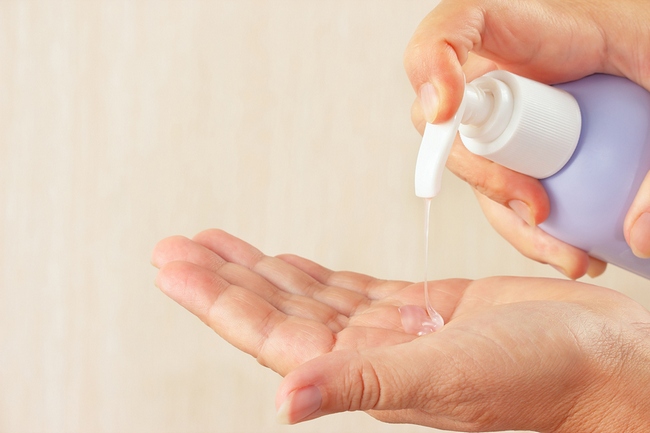
Photo credit: bigstock
3. Triclosan
This is commonly used as an antibacterial material and is found in everything labeled as such.
This would include soap, mouthwash, deodorant, and toothpaste. Triclosan is creating those antibiotic resistant bacteria as well as lowering our natural immune system.
The FDA even warns consumers to use plain soap and water instead of using triclosan.
If you rely on those antibacterial hand sanitizers, read the label and be sure to use those without triclosan.
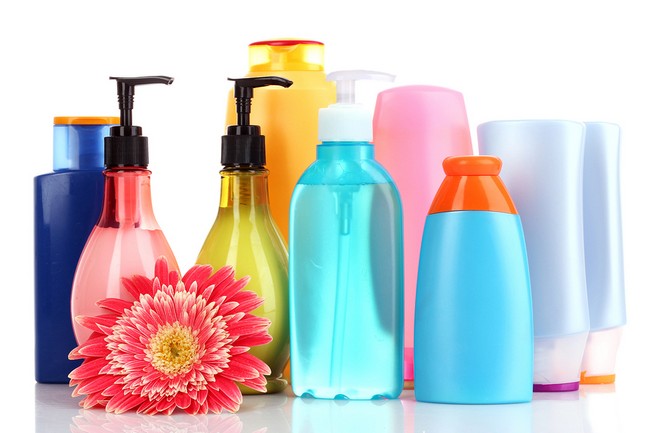
Photo credit: bigstock
4. Fragrance
The synthetic fragrances that are found in almost every home such as dryer sheets, air fresheners, perfumes, cosmetics, laundry soap, and fabric softeners, are known to trigger asthmatic reactions.
Although the formulas for fragrances are well protected and considered trade secrets, it’s well known that many contain the chemical DEP (diethyl phthalate), which is easily absorbed through the skin.
DEP is a carcinogen and disrupts hormones, which can lead to problems with the reproductive system in humans. DEP and other phthalates are rarely listed in ingredients.
Be safe, and look for fragrance free products or those that only use natural essential oils for a pleasing smell.
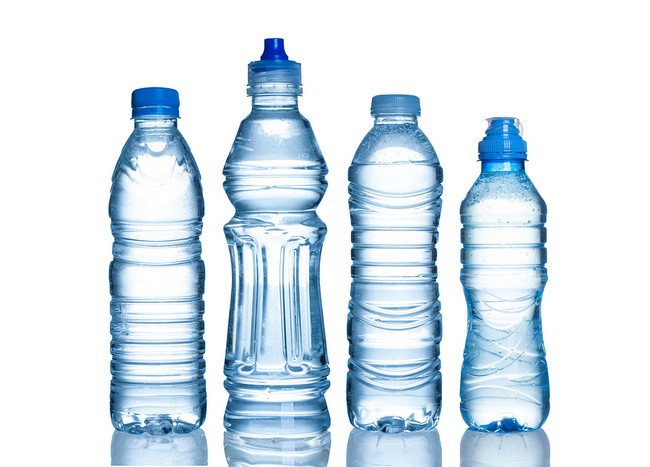
Photo credit: bigstock
5. Bottled Water
Americans purchase more than a half a billion (that’s billion with a “B”) every single week. It’s staggering. Most people do so thinking that they are buying a better quality, non-contaminated source of water.
This is a common misconception. Bottled water is just as “dirty” as their regular tap water, and sometimes even more so.
We haven’t even touched on the pollution that comes from both creating those plastic bottles to disposing of them. Do the whole world, as well as yourself, and invest in a charcoal water filtration system and use a stainless steel water bottle.
See more you never knew about bottled water.
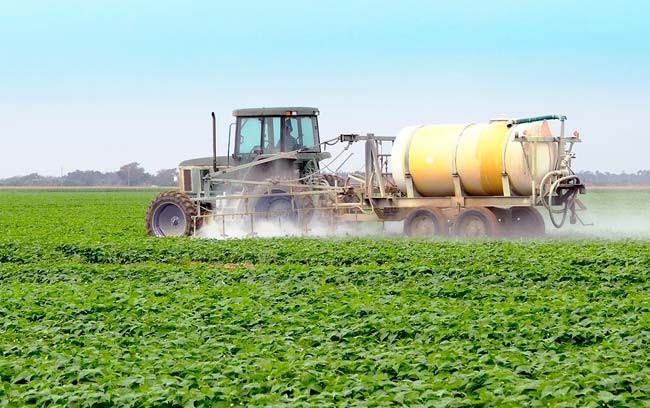
Photo credit: bigstock
6. Pesticides
Think about it; pesticides are made for killing. Nowhere on the label does it say that this killing potential is exclusive to insects and weeds.
The poison chemicals from pesticides leave their residue on everything; counters, floors, and clothes.
The fumes from these toxic poisons are easily breathed into our lungs as well as landing on our food and dishes.
There are hundreds of natural, non-toxic ways to kill insects and get rid of weeds. Invest a few minutes of your time, do some research on the internet, and mix up some of these alternatives instead of reaching for these deadly poisons.

Photo credit: bigstock
7. Nonstick (Teflon) Cookware
Numerous studies have shown that the PFC’s that make up those nonstick pots and pans leads to both infertility and cancer. PFC’s are found all over our environments and even in the blood of almost every American.
It’s also found in almost every country in the world, even in polar bears. PFC’s are also used in pizza boxes and the bags used for microwave popcorn, even clothing.
Although it’s difficult to remove all PFC’s from our lives, you can eliminate the most common source of them; those Teflon pans in your kitchen.
Ditch them and use cast iron or stainless steel instead.

Photo credit: bigstock
8. Dirty Cleaners
It’s difficult to understand how we can “clean” things in our homes by using toxic chemicals but that’s exactly what we do. Oven cleaners, toilet bowl cleaners, and drain cleaners use deadly lye and other acids that can burn terribly.
Again, there are literally hundreds of all natural cleaners that do just as good a job but won’t burn or poison you.
Mix up a few and save yourself not only a ton of money, but your health as well.
Find out how to help your body fight toxins.
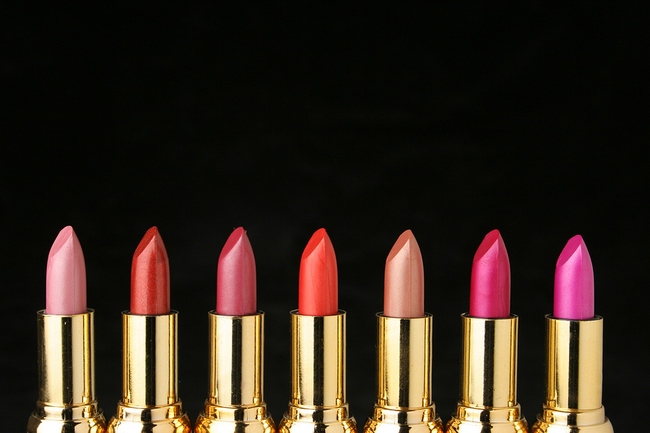
Photo credit: bigstock
9. Lipstick
No, this isn’t a joke.
Many lipsticks contain lead, a known neurotoxin that has absolutely no “safe” level of exposure. The FDA found more than 400 lipsticks that contained more than twice the lead as was found in a previous study.
Pregnant women and children are most affected by lead as it can interfere with the development of the brain. Lead is found even in those products who label themselves as “all natural” because, after all, lead is a natural substance.
Either do without or do research and know exactly what is in the lipstick you are using.
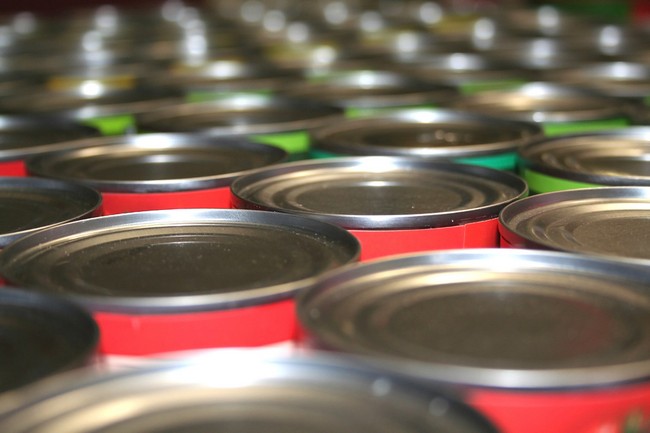
Photo credit: bigstock
10. Canned Food
You wouldn’t think of food as a toxic product, but in this case, it’s true.
The lining of the cans have a toxic chemical called BPA (bisphenol-A). This chemical is absorbed into the food inside the can. Exposing ourselves to this chemical has strong links to cancer, obesity, heart disease, and early puberty.
Some brands are now claiming they are going BPA-free but, instead, have merely switched to BPS, a cousin, so to speak, of BPA. Read the labels carefully, or, to be extra safe, buy fresh, frozen, dried, or foods stored in glass bottles.
Read more about top foods that cause inflammation.

